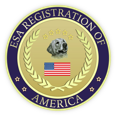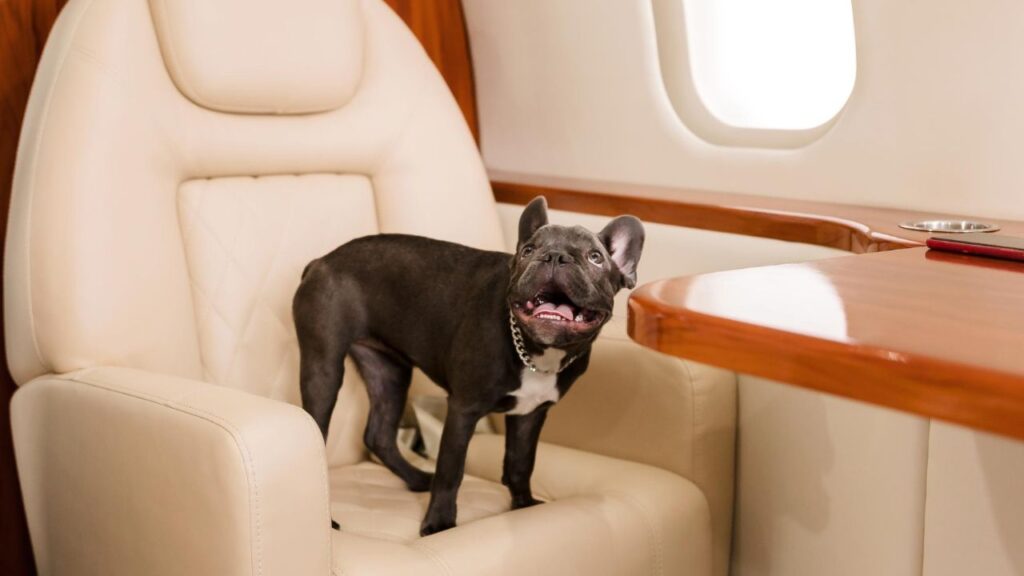The landscape of air travel with emotional support animals has changed significantly. Once, you could bring your emotional support animal (ESA) along on flights without incurring additional fees. These animals provided vital comfort to individuals with mental health challenges, mitigating the stress of flying. However, due to sweeping changes in federal guidelines and airline policies that have taken effect, the days of flying free with emotional support animals are largely a thing of the past.
Understanding current regulations is crucial if you’re considering flying with your ESA. In late 2020, the U.S. Department of Transportation altered its position on emotional support animals, effectively allowing airlines to classify them differently from service animals trained to assist individuals with disabilities. As a result, most major airlines have adjusted their policies, and, generally speaking, ESAs no longer enjoy the complimentary travel privileges once extended to them.
Legal Framework and Airlines Policy
Your ability to fly with an emotional support animal (ESA) for free has shifted significantly due to changes in legal guidelines and airline policies.
Air Carrier Access Act and DOT Guidelines
The Air Carrier Access Act (ACAA) and Department of Transportation (DOT) provide the foundation for how airlines handle service and emotional support animals. DOT’s final rule, issued in 2021, restricts service animals on flights to dogs and releases airlines from accommodating ESAs as they used to. You now need to check with each airline’s policy, as it varies.
Airlines for America and Individual Airline Policies
Airlines for America, a trade organization representing major U.S. airlines, plus individual airlines, have updated their guidelines following the DOT ruling. Their stands affect carriers like American, Delta, United, Alaska, Southwest, JetBlue, Spirit Airlines, Frontier, Allegiant Air, and Hawaiian Airlines, with policies becoming largely uniform: to no longer allow ESAs to fly free of charge.
American Airlines’ Stance
On American Airlines, you can bring along a psychiatric service dog (PSD) without extra cost. However, ESAs are now considered pets and are subject to the standard pet fee. You must complete the required DOT forms for your PSD.
Delta Air Lines’ Regulations
Delta Air Lines aligns with DOT guidelines, meaning only specific service dogs can fly for free. If your ESA doesn’t meet the criteria, you’ll encounter pet fees according to Delta’s pet policy for in-cabin travel.
United Airlines’ Guidelines
Similar to other major carriers, United Airlines specifies that only trained service dogs fly at no charge. Should your companion be an ESA, United treats them as pets, involving additional fees and transport conditions you’ll need to bear in mind when booking your flight.
Requirements for Flying with ESAs
When you’re planning to fly with your emotional support animal (ESA), it’s important to understand the specific requirements set by airlines. You’ll need to secure the proper documentation, ensure that your ESA is well-behaved, and comply with health and safety regulations.
Documentation and Paperwork
Your journey starts with gathering the right documentation. To begin, you’ll need an ESA letter from a licensed mental health professional. This document confirms your need for an ESA for emotional or psychiatric support. Make sure your ESA letter is up-to-date, typically no more than one year old.
- ESA Letter: Issued by a licensed mental health professional (LMHP)
- Validity: Generally required to be within one year of travel date
Mental Health Professional Evaluation
An evaluation by a licensed mental health professional is essential. They will assess your mental and emotional condition to determine whether an ESA is a necessary part of your treatment. Remember, ESA letters must come from professionals who are licensed to practice in your state.
Animal Behavior and Training Expectations
Airlines expect your ESA to have good behavior in a public setting. While formal training certifications might not be required, your animal should be able to follow basic commands and behave in a calm and unobtrusive manner throughout the flight.
ESA Letter and Sanitation Form
In addition to an ESA letter, you may be asked to fill out a sanitation form that states your animal can relieve itself in a sanitary way during long flights or will not need to relieve itself on shorter flights. Keep in mind, airlines have the right to ask for records of vaccinations, including a rabies vaccination.
Cost and Flying Free
Since policies changed, you must navigate the updated rules regarding emotional support animals (ESAs) and potential costs for flying with them.
Airline Fees and Exceptions
Airlines now have the discretion to charge fees for ESAs since the DOT’s policy change. Each airline sets their own rules, but typically, emotional support dogs and other ESAs are treated as regular pets, which means they are subject to pet fees. These fees can vary greatly, so it’s essential to check with your specific airline beforehand. Some airlines may still offer exceptions for trained service animals, which are different from ESAs.
Travel Credit Cards and ESA Charges
Some travel credit cards offer benefits that could offset pet fees, including ESAs:
- Statement credits for travel-related expenses which may cover pet fees
- Travel rewards points that can potentially be used towards pet travel costs
Check your credit card’s terms to understand the benefits and exclusions.
Potential Fines for Misrepresentation
Be aware that misrepresenting a pet as an ESA or service animal to avoid fees is not only unethical but can also result in fines. Airlines are empowered to enforce this and may do so if they suspect a passenger is attempting to evade the rules. This could lead to both financial penalties and a ban from flying with the airline in the future.
International Flights and ESAs
Since regulations for emotional support animals (ESAs) on international flights can be complex, it’s key to understand the specific policies of the airlines you’re flying with.
Air China and Emirates Policies
Air China currently does not recognize emotional support animals on their flights. You should prepare to transport your pet according to the standard pet travel policy, which may include fees and specific container requirements.
On the other hand, Emirates is a bit more accommodating for ESAs but with strict conditions. To fly with your ESA on Emirates, you’ll need to provide comprehensive documentation, and approval is at their discretion. Travel with ESAs in the cabin is often limited to certain routes, so you’ll need to check these on a case-by-case basis.
Traveling with ESAs Outside the United States
When you’re traveling internationally with your ESA, policies will vary significantly by airline and destination:
- Singapore Air has restrictive regulations regarding ESAs and typically treats them as regular pets.
- European airlines generally do not recognize ESAs and will require standard pet protocols.
For flights originating from the United States, The Department of Transportation (DOT) does not mandate that airlines accept ESAs in the cabin for free. Since regulations can change and vary, always check with the airline for the most current information before you book your ticket.
When preparing for your trip, it’s important to communicate with your airline to determine their specific requirements for traveling with an ESA. Documentation is often required, such as an ESA letter from a licensed mental health professional, and additional paperwork that the airline may need. Check with your airline well in advance, as they usually require this information to be submitted before your travel date. Be prepared to face pet fees that weren’t previously applicable to ESAs, and always double-check before your flight, as airline policies continue to evolve.











